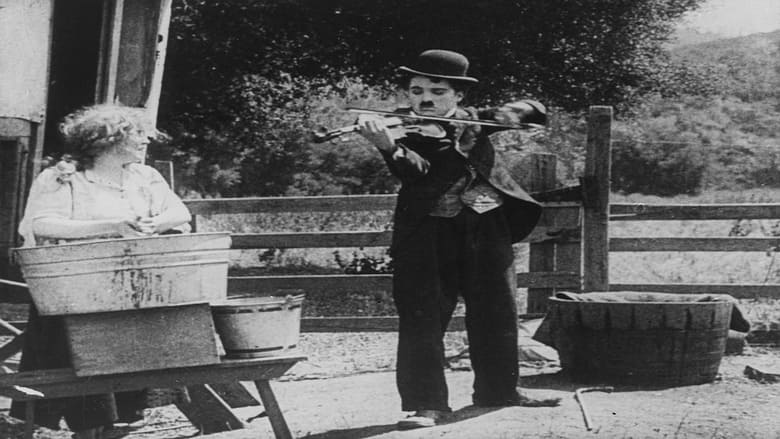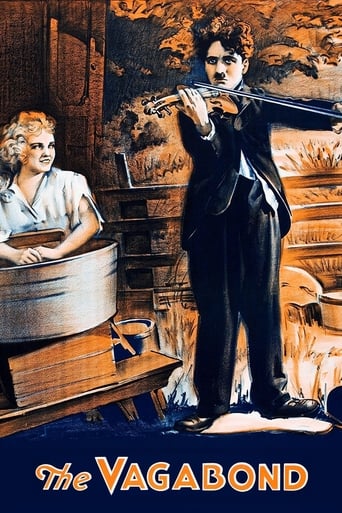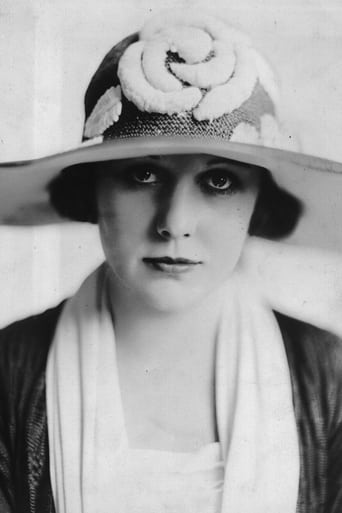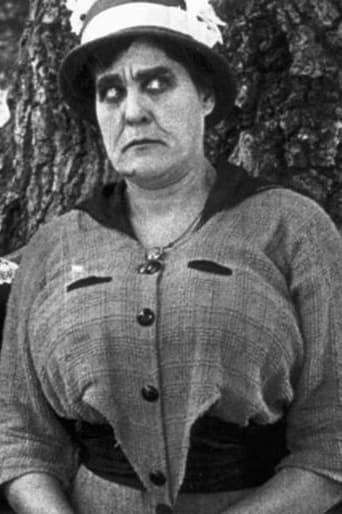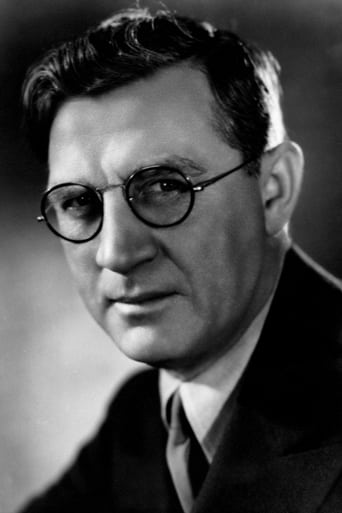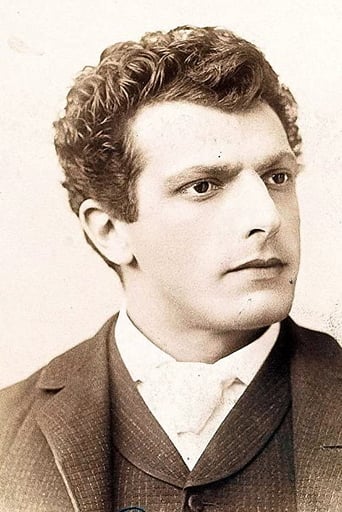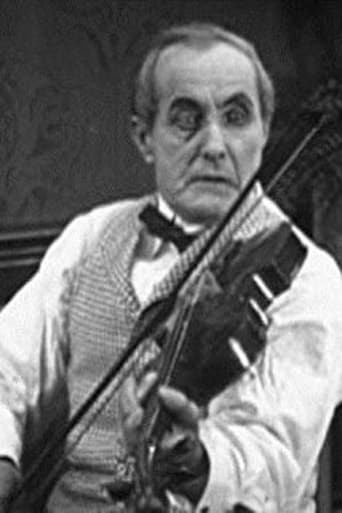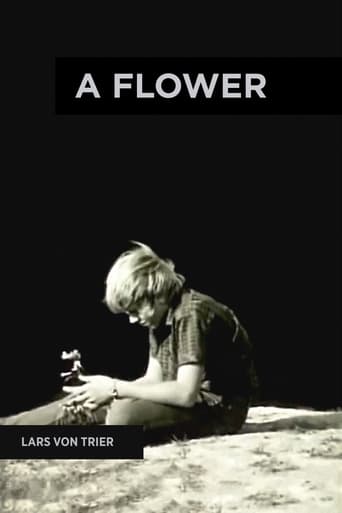A tramp tries to earn money by playing the violin, but he’s soon facing off against the jealous competition.
Similar titles


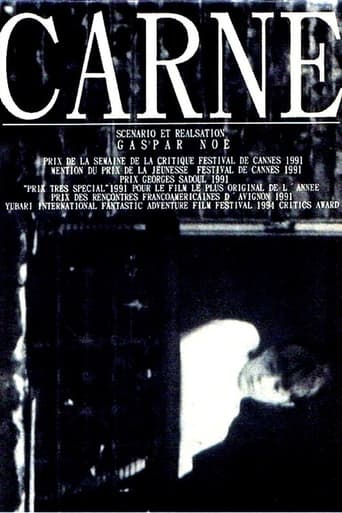

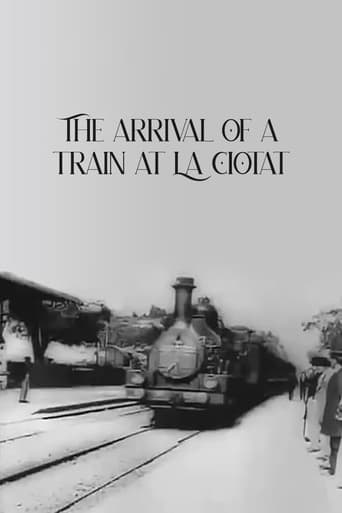
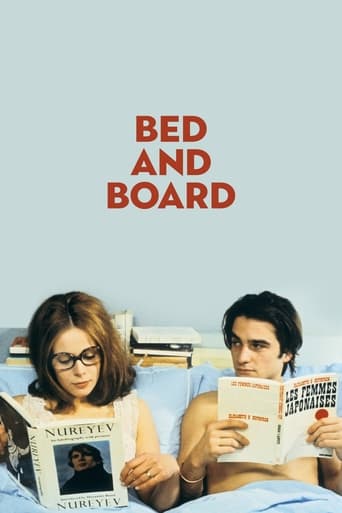

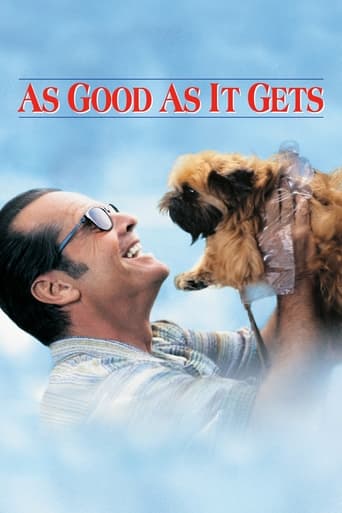
You May Also Like
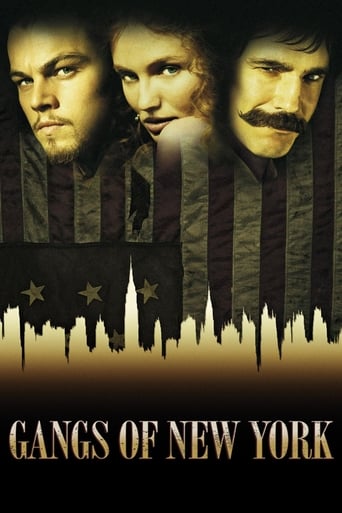
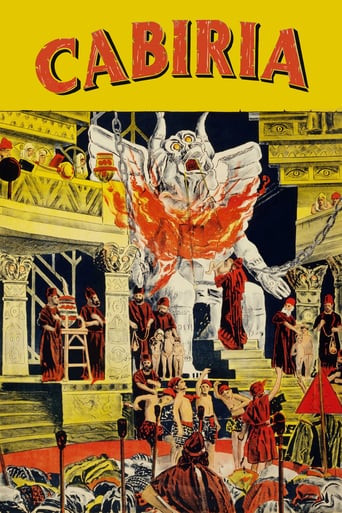
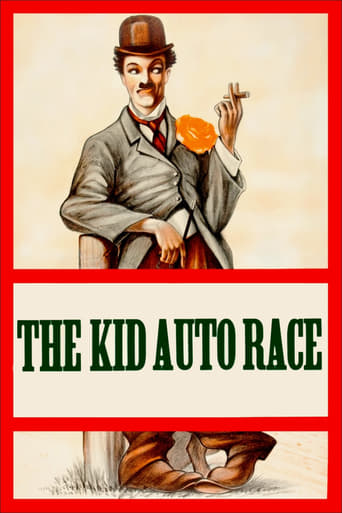
Reviews
best movie i've ever seen.
When a movie has you begging for it to end not even half way through it's pure crap. We've all seen this movie and this characters millions of times, nothing new in it. Don't waste your time.
Story: It's very simple but honestly that is fine.
Very good movie overall, highly recommended. Most of the negative reviews don't have any merit and are all pollitically based. Give this movie a chance at least, and it might give you a different perspective.
A Musician-Tramp (Charlie Chaplin) leaves town following a chase to find himself in a gypsy camp. There he finds a poor abducted girl (Edna Purviance) who he attempts to cheer up with his music. Having witnessed a savage beating of the girl by the gypsy chieftain (Eric Campbell), the Tramp goes about saving the girl and setting her free. While attempting to woo her, a handsome artist chances by and has Edna sit for a portrait. The portrait attracts the attention of Edna's estranged family who attempt to take her away from the Tramp for good.I honestly can't think of a single Chaplin film during which I've laughed so little but on this occasion that is not a negative statement. Here Chaplin provides plenty of his trademark pathos and creates a film which is much more of a romantic drama than romantic comedy or slapstick comedy.The film drives to depths of sadness which I simply wasn't prepared for and around a minute before the end I was starring dumbfounded at the screen. Charlie's attempts to maintain the romance are endearing but you always get the feeling that they are futile. There is a level of romantic lyricism which I haven't found in any Chaplin release prior to this one. For the most part Chaplin foregoes comedy in favour of letting the story unfold and only finds time for the odd knock to the head or spitting of water. To me this film really shows the development of Chaplin from the slapstick comedian of his Keystone and early Essanay days, towards the kind of romantic pathos that he became renowned for by the early 1930s.Another obvious link between his early and latter career are the themes of the film. For me there is a link between this film and 1915s The Tramp and the idea of a beaten and brutalised gypsy girl is explored in even greater detail in 1928s The Circus. Both of those films end with the iconic footage of the Tramp walking away into the distance, happy and content, despite not getting the girl. The ending of The Vagabond seems to be heading down that line but thankfully takes a sharp turn. Given the sadness of the previous five or so minutes I don't think I could have taken any other ending! One interesting point about this film is the Tramp's entrance. The opening shot is of two saloon doors. After a few seconds some feet can be seen approaching the doors from the other side. After just a couple of frames it is obvious that it is the Tramp character from his distinctive walk, shoes and cane. Only those three things are visible until the doors open to reveal the whole man and it shows great confidence in the character's fame. I can think of no other screen character in history that could enter a scene with only their feet showing and the audience would know exactly who they are.Although The Vagabond is certainly not a film I'd recommend to someone unfamiliar with Chaplin's work, for those with an understanding of his history it is a momentous film. Despite very little actual comedy, Chaplin still plays with his audience's emotions and creates a memorable and poignant film that includes two outstanding performances from himself and frequent co-star Edna Purviance.www.attheback.blogspot.com
Chaplin edited, wrote, directed, and produced this film for Mutual in July of 1916 and it stands the test of time, even more so than many of his earlier much funnier films. The reason probably is that the structure of this film, more than any predating it, resembles (however crudely) the basic plot structure of films today. There is a definitive beginning, middle, and end in this film. The film is well edited and written for its time. Chaplin plays a wandering vagabond who tries to make a living playing his violin in public. The film opens in typical Chaplin fashion with misunderstandings and chases punctuated by sight gags and slapstick. There are those viewers who may wander what the tavern scenario has to do with the rest of the film, and the answer is it sets up Chaplin as a resourceful fellow who gets by with his wits and not his fists. Thus when he meets the sad, browbeaten Edna Purviance, it's clear what Chaplin must do to extricate her from a band of cruel gypsies; he must use some good old-fashioned ingenuity. After rescuing her from the likes of the crude, whip-wielding Eric Campbell in comic fashion, the story settles into its melodramatic mode. The film successfully combines bits of comedy, plot, and pathos-inducing drama in a way that previous Chaplin films had not. The result is a rough draft of the Chaplin formula, which he would later reuse to greater effect and success in his longer features. *** of 4 stars.
What can I say other than that I thought this was just boring and unoriginal. Predictable melodrama done without any original comedy sequences and wooden acting. No wonder so many people think so lowly of silent movies. These primitive, poorly made Chaplin shorts seem to be the only ones available. Meanwhile, all those masterpieces are rotting in their vaults...
This must have seemed like a real change-of-pace from Chaplin when it first came out, since it has a much different tone than almost any of his previous short features. It has a few funny moments, but this time humor is not the emphasis - except for the familiar presence of Charlie's usual tramp-like character, it feels more like one of the short melodramas from the same era, rather than a comedy. As "The Vagabond", Charlie performs a few antics, mostly towards the beginning, but then gets involved in the life of a young woman in distress (Chaplin regular Edna Purviance), and the story turns more serious. It is not one of his best films, but it is always watchable, and is quite interesting as a fore-runner of the way that Chaplin would combine slapstick and humanity to much greater effect in the masterpieces that he would go on to create some years later.
Top Streaming Movies











